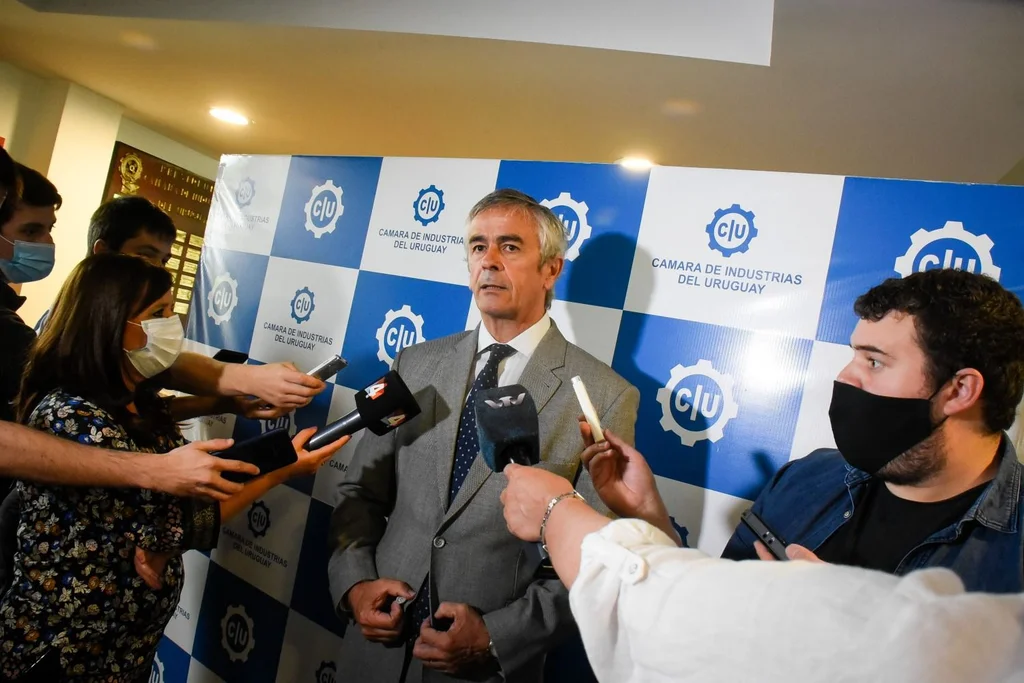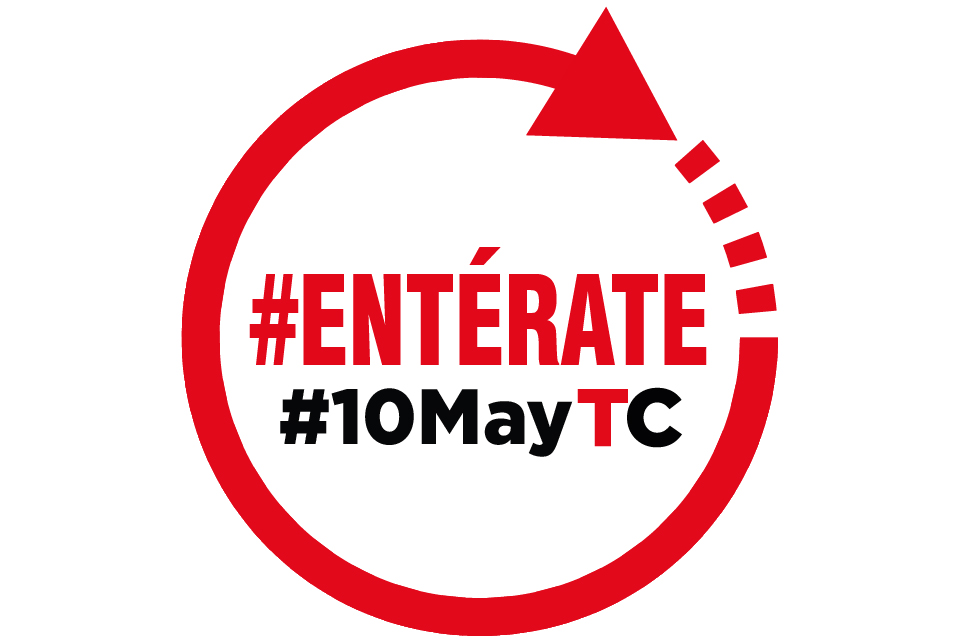“We are going to send a project to the Departmental Board to generate a new income that companies that are large generators of waste will have to pay”. The announcement by the mayor Carolina Cosse was one of the high points –and most applauded by the militancy– in the Stockolmo club act, in which she advanced the new guidelines for cleaning and sanitation, and exposed the bets that remained along the way before the refusal of the opposition to the IDB loan.
The hierarch maintained that said tribute – which behind closed doors is being defined as a tax on certain products in order to alleviate the expense incurred as a commune when collecting them– “It will also be an incentive for companies to generate less waste and join circular economy plans.”
consulted by The Observer, the director of Environmental Development, Guillermo Moncecchi limited himself to saying that the project is not completed and avoided giving any figure on the scope or magnitude of the rate. From his environment they understand that the new tax burden should not impact the final price to the consumer.
The law today establishes the responsibility of the generators to recover the containers dumped on the market –and then discarded in the garbage of each household–. However, despite the Packaging Management Plan (PGE) of the Chamber of Industries (CIU) with classification plants in six departments and special containers at the outlets of large stores, only 4% of the declared total is recovered.
In fact, it means that most of it ends up being managed by the container collection trucks or the commune crews.
Leonardo Carreno
Carolina Cosse, mayor of Montevideo, during the announcements at the Stockolmo club
However, Cosse’s announcement did not go down well in the Chamber, whose president Alfredo Antía told The Observer what they saw “with surprise” the new measure. At the beginning of the year, the institution completed a work scheme together with the Ventus y Reacción consultancy and the Veloia company, through which it intends to reformulate the current PGE and proposes the creation of the VALE plan. This roadmap already has the approval of the Department of Information, Planning and Environmental Quality of the Ministry of the Environment, and the final approval of Minister Adrián Peña is lacking.
The new plan projected by the CIU supposes an investment between eight and twelve times greater than the PGE, with figures of between US$40 and US$50 million to have 29 sorting plants in all the departments –today there are only six (four in Montevideo)– and another 9,000 return points –such as the containers in large supermarkets–.
The changes aim to comply with the requirements set forth in the recent resolutions of the Ministry, which require that in order to December 2023 there is a recovery of 30% of the packaging and that this percentage rises to 50% by 2025. That measure had generated in the middle of last year a cross between Antía and the minister regarding the need to retouch the current classification system.
“It is an enormous effort, a gigantic challenge that requires money, intelligence, waist with the mayors, where we are all going to win; it is striking that the mayor is now talking about this”, said the president of the union. Antía explained that the new commitment of the Chamber is the alternative to set aside the application of a tax on packaging -provided for by the 2019 waste law-, which was discarded by the authorities not to raise taxes in this context.
“Either we go for a specific tax that raises an estimated US$120 million, or we go for what the private sector does, which requires an enormous and high-volume effort to talk to 19 departmental governments,” Antía said.

Camilo dos Santos
Alfredo Antía, president of the Chamber of Industries
Minister Peña – who as leader of the Ciudadanos sector asked the Colorado Party bench to vote for the loan at the Board – will meet on Wednesday with Cosse’s team to learn about the proposal in detail. “Beyond what is debatable, the loan had an important component where about US $8 million was to run the plants. That is not there now, so packaging management has an overlapping part,” he told The Observer.
The hierarch pointed out that Cosse’s frustrated project had a “holistic look”: “When a part is missing, it brings about changes in the structure, and now we have to see how it is reordered,” he said. In other words, the union’s concern is that “if it had to contribute on one side, now it will also have to contribute on the other”, to compensate for the frustrated component of the IDB loan.
One of the unknowns on the table is how the IM would apportion the new rate per product, given that the industries declare the materials they dump into the market at a national level, so the data on how they are distributed by departments is not included.
“We are generating a first world plan –where countries have GDP per capita of US$40,000, US$50,000 or more–, and we who have one of US$15,000 want to get every last coin out of our wallets to face something that is very costly, at a time when we are coming out of a crisis, and that It is very difficult to think that this does not affect prices”Antia advanced.
“We give ourselves obligations that are very good, very healthy, shareable, but that somehow we have to pay for them,” said the industrialist.







